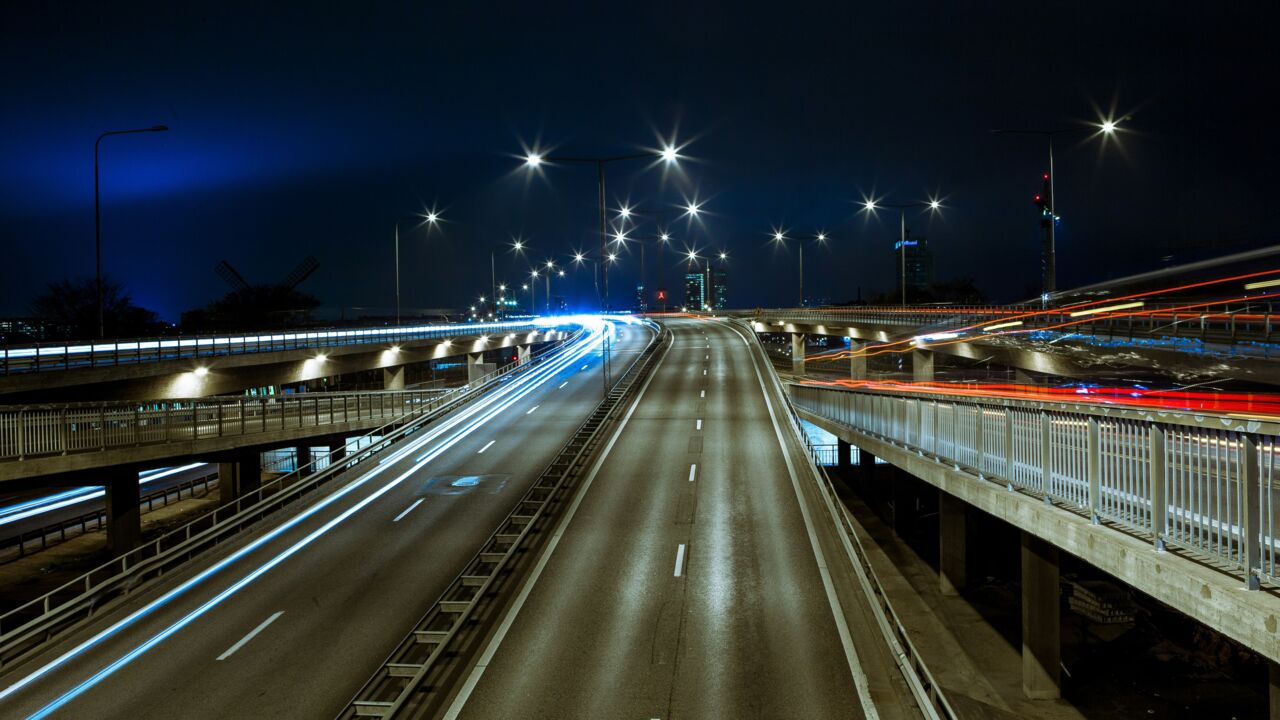“Electrification is super-hot right now, and the potential is huge. Of course, society has to keep up with the technology, and we have to scale up electricity production considerably”, says Magnus Blinge.
Strong research environment
Magnus Blinge is adjunct professor in climate-smart goods transport and director of the area of excellence Transport at Linköping University. Together with the Swedish National Road and Transport Research Institute, Linköping University has a strong environment for transport research. Photo credit Most Photos
“Its strength is its breadth. The research environment is growing constantly, and its status as area of excellence enables us to increase understanding and awareness of each other at LiU. The transition to sustainability is the big challenge, and time is running out. So it’s an advantage that the university has so much breadth where we can benefit from each other”, says Magnus Blinge.
For the transport system, there are three areas where development is moving very quickly: connected systems, automation and electrification. Recently there has been intense focus on the last mentioned:
“Electrification is very important in developing sustainable transport in the future, absolutely. But we mustn't forget alternative fuels and the other systems in this.”
Rapid development
The E-charge project, where LiU is a partner, has made a lot of progress. This autumn, the idea is that the first electrically fuelled long and heavy goods transports will start to roll on the Swedish roads. Here the aim is that the transports will have a range of four hours. Then the batteries will be recharged at megacharger for 45 minutes, before continuing for another four hours. The electrification process is advancing rapidly – at a much greater pace than Magnus Blinge could have imagined.
“I recently read through the notes for a lecture I gave in 2017. I told my students with absolute certainty that they should forget the idea of batteries in heavy vehicles; it wasn’t worth thinking about. It could possibly work in urban and regional settings, but not for long-distance transports, I said. But now we have to realise that this development has been absolutely incredible.”
However the advances in electrification have not only concerned cars, buses and heavy transport. In the Stockholm Archipelago, electric commuter ferries and regional electric planes could be just a few years away. A Swedish-designed propeller plane with four engines and a capacity of 19 passengers has been developed; the aim is that it will be in service in Sweden in 2026.
“It’s exciting! The Swedish Electromobility Center, where LiU is a full partner, recently had an industry workshop, and the idea is that the electric planes will link different airports so you don’t have to fly through hubs like Arlanda. There could be flights between different places in northern Sweden where there are no alternatives, flights to Gotland, and certainly a route like Gothenburg-Linköping.” Photo credit Magnus Johansson
Is 2026 a realistic target?
“Yes. We see how rapidly the development has moved in the past five years, why wouldn't it be just as quick in the future? There is a huge amount of research into battery technology.”
Electricity production must increase
New innovations and new technologies are emerging at lightning speed. But to realise the huge potential of electrification, society needs to keep up – and the supply of electricity must increase significantly.
“It’s not only the transport system that has to be reset. Steel, and the entire industrial sector, have to find new practices. There is talk of an assessment saying that we need four to six times more electricity in the EU, to manage the transition. But we can't just use a lot of electricity if it’s from coal; it has to be renewable or at least fossil free. And we have to expect that the price of energy will go up. If we think energy prices are high now, well, just wait”, says Magnus Blinge.
You said society has to keep up. What do you mean by that?
“There are many different aspects. Who is going to pay for all the investments? For instance, for the heavy transports there must be a functioning infrastructure for recharging, and sufficient network capacity. How can we get regulations and legislation to move forward at the same rate as the technical development? There are lots of challenges amidst all the exciting stuff that’s happening right now.”
